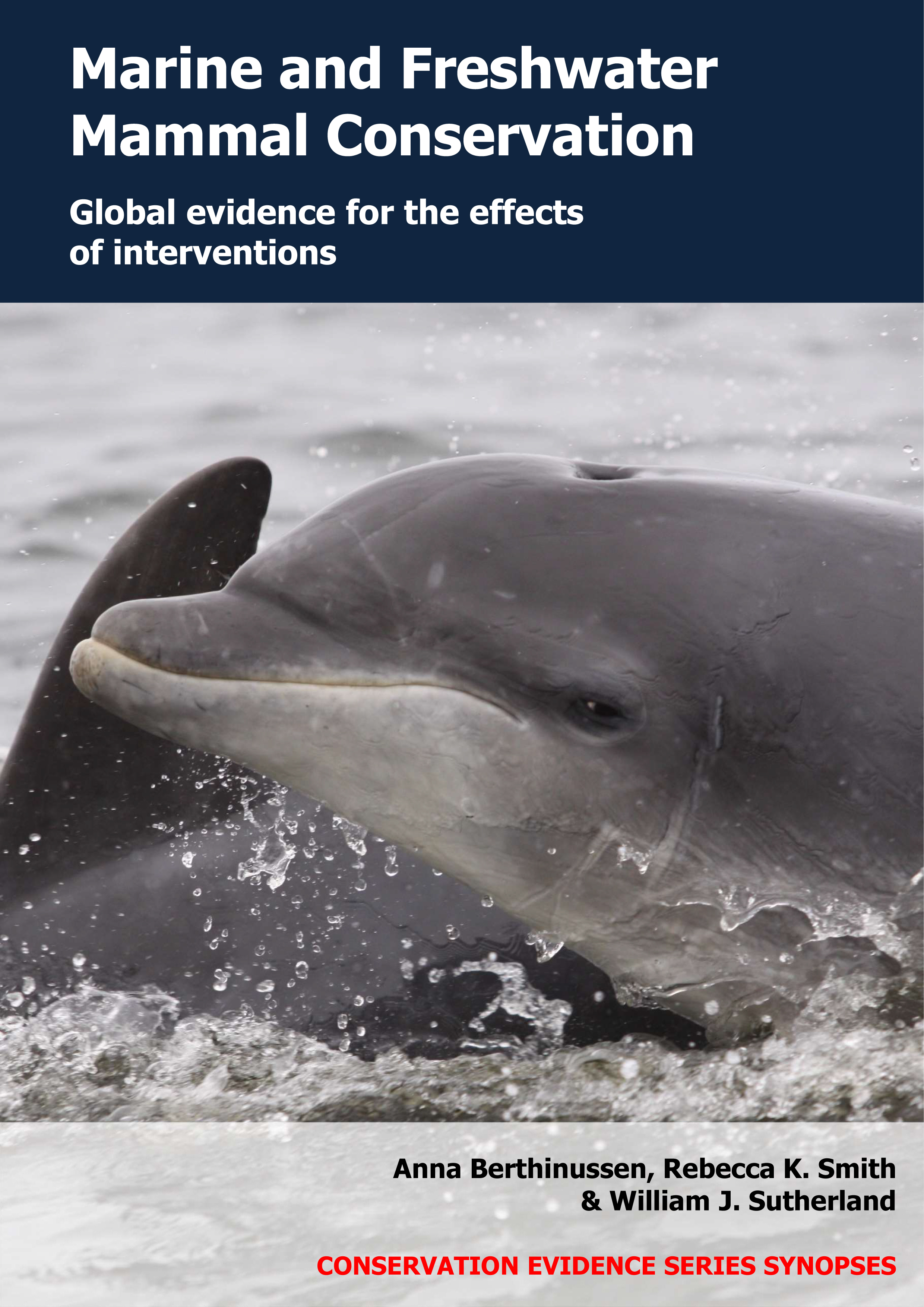Use stiffened materials or increase tension of fishing gear
-
Overall effectiveness category Unknown effectiveness (limited evidence)
-
Number of studies: 1
View assessment score
Hide assessment score
How is the evidence assessed?
-
Effectiveness
0% -
Certainty
28% -
Harms
10%
Study locations
Supporting evidence from individual studies
A controlled study in 2009–2010 of a pelagic area in the South Atlantic Ocean, off the coast of Buenos Aires, Argentina (Bordino et al. 2013) found that using stiffened fishing nets did not reduce the number of Franciscana dolphin Pontoporia blainvillei entanglements compared to conventional nets. Entanglement rates of Franciscana dolphins did not differ between stiffened and conventional nets (both 0.08 dolphins/haul). Catch rates of the three main target fish species also did not differ between net types (whitemouth croaker Micropogonias furnieri, striped weakfish Cynoscion guatucupa, king weakfish Macrodon ancylodon; see original paper for data). Monofilament nylon gill nets of two types (nets made from a stiff grade of nylon and conventional nets; number of each not reported) were deployed in 150 locations by a fishery. The nets were sampled 1–19 times resulting in 273 hauls of stiffened nets and 279 hauls of conventional nets. An observer on board each of three fishing vessels retrieving the nets recorded the number of entangled dolphins within each of 552 hauls between October 2009 and March 2010.
Study and other actions tested
Where has this evidence come from?
List of journals searched by synopsis
All the journals searched for all synopses
This Action forms part of the Action Synopsis:
Marine and Freshwater Mammal Conservation
Marine and Freshwater Mammal Conservation - Published 2021
Marine and Freshwater Mammal Synopsis





)_2023.JPG)














